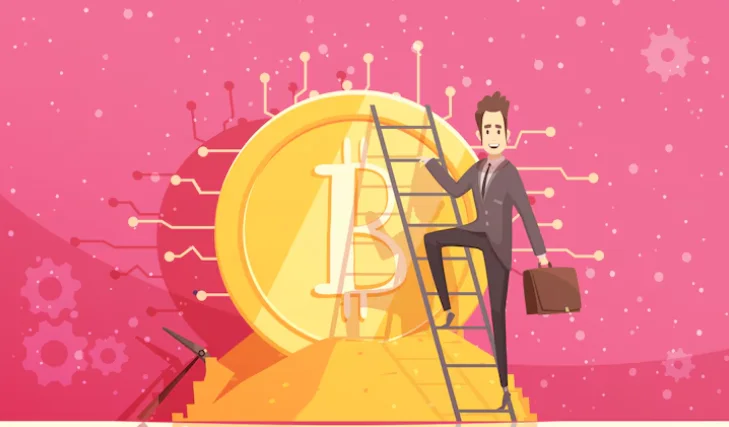The cryptocurrency market has moved from niche beginnings into mainstream finance. While buying has always attracted excitement, the real test of discipline lies in selling. Understanding how to sell crypto today is one challenge, but anticipating how this process will evolve in the future is equally important. Regulation, technology, and global adoption are expected to reshape the way traders and investors exit their positions.
Why Regulation Will Shape the Future?
Governments across the globe are no longer ignoring digital assets. Selling is increasingly tied to reporting obligations, tax compliance, and strict identity verification. In the years ahead, platforms may include built-in tax tools and instant compliance checks. For anyone learning how to sell cryptocurrency, this means adjusting to a future where transparency and accountability are not optional but standard.
Technology as a Game Changer
Artificial intelligence, trading bots, and predictive analytics are already part of the landscape, but their influence will grow. Advanced tools will guide traders toward optimal exit points, manage risks in real time, and execute transactions automatically. Mastering how to sell crypto will become less about guesswork and more about using data-driven insights to maximize results.
The Role of Central Bank Digital Currencies
Central bank digital currencies (CBDCs) could change how assets are converted into fiat. Instead of waiting days for bank withdrawals, sellers might move seamlessly from crypto into CBDCs with near-instant settlement. For many traders, this development will redefine how to sell cryptocurrency, reducing costs and making the process faster than ever before.
Tokenization and Integration with Other Assets
As more traditional assets such as stocks, property, or art become tokenized, the line between crypto and conventional investments will blur. Selling digital assets may eventually resemble liquidating any other tokenized holding. Investors who ask how to sell crypto will see it as part of a broader portfolio strategy rather than a stand-alone question.
Global Adoption and Regional Variations
Emerging markets have embraced peer-to-peer solutions to bypass weak banking systems, while developed economies focus on regulated exchanges. In the future, both models are likely to merge into smoother global systems. Still, the exact process of how to sell cryptocurrency will continue to vary depending on geography, local laws, and available infrastructure.
Security and Protection for Sellers
Technological progress will also bring more sophisticated risks. Biometric authentication, blockchain-based insurance, and decentralized identity systems may become standard safeguards. Yet no matter how advanced the tools, sellers will remain responsible for protecting their assets. The future of how to sell cryptocurrency will combine innovation with personal vigilance.
A Future Defined by Balance
Selling will become easier through technology and integration, but also more complex due to compliance and regulation. For traders and investors, the challenge is finding balance — leveraging tools that provide speed and efficiency while staying mindful of legal obligations and security risks.
The next decade will not remove uncertainty, but it will give sellers new resources to handle it. For those who prepare now, understanding how to sell cryptocurrency will be more than a technical skill. It will be a strategic advantage in navigating the evolving digital economy.
